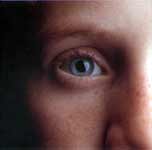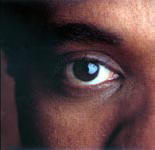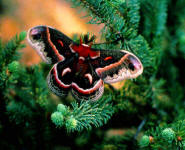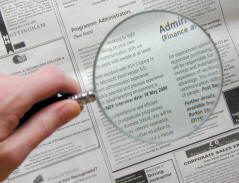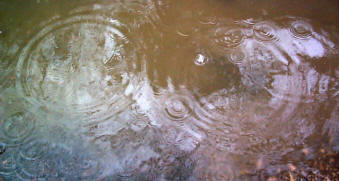|
1. Space arises as an epiphenomenon to verbal meaning in poetry
What would we expect of an art that is just slightly more spatial than music? Time would still be in control, and space would arise and disappear within time. This is what happens when the pure sounds of music change to the sounds of words in poetry. There is still pitch, loudness, duration, and timbre, but the sounds now bear an extra role of triggering verbal meanings. Meanings, in turn, often trigger images in our imagination. Images require space, which is therefore evoked as the unintentional but necessary epiphenomenon to sound.
2. The mutability of poetic images; the mutability of space
The poem arrives in consciousness one word at a time. Images fly off as sparks from the meanings of these words. The images mutate or melt in our imagination as succeeding words come to consciousness. Sometimes these changes are subtle; sometimes they tear at the fabric of space itself: as images metamorphose in ways that are impossible in a space that exists continuously in time. Poetry is surrounded by unstable images.
Though we
may anticipate how a phrase may complete, the poem often surprises us.
Basically, the future of the poem remains unknown, just as the future of
time remains unknown until it slips into the present. The fundamental
temporality of poetry is disguised when we see a poem printed on a page
in space. The future in time becomes known because it has been
transformed into space on the page. With an unknown future, however,
the specific order of words in time
becomes crucial. This is more than a matter of syntax. How different become: a “blackbird,” a “black bird,” a “bird that’s black.” There is no commutative law of addition in application to content of images through time in response to evolving meanings.
3. Poetry catches meaning just as it forms, turning it back towards sound
Usually we remain aware of the sound of a word only long enough to get its meaning. Poetry intervenes at the moment of this transition. It would have us linger at this boundary so that we can experience meaning being re-wed to sound. This in turn re-enacts the original creation of the word in the language, as certain sound is suddenly felt to be in ontological identity with a certain meaning. This re-creative act occurs over and over, so that poetry as a whole takes us back to when language itself was born.
4. Ways that poetry uses time
The innate tempo of a poem affects how its words combine in our mind. Every word is surrounded by a field of connotations. Once a word enters our consciousness, like a stone thrown into a pond, more and more of our awareness is taken over by these connotations, which spread in our mind like the ripples expanding on the pond. When read at the right tempo, these fields of connotations are able to overlap and interact complexly, as the surface of language becomes richly energized. Through rhyme and other devices of sound, the arrow of time can be made to flow into a backwards eddy, so that what time or meaning separates is brought into identity.
5. Is song a blend of music and poetry, or does their fusion produce a distinct art?
If arts can form hybrids, the spectrum quickly becomes littered with arts that are offspring of two or more parent arts, and the principle of the spectrum becomes vitiated. Song provides an ideal case for the exploration of this issue. A careful analysis of how poetry and music each handle pitch, loudness, duration, rhythm and harmony, and a comparison with how these same are handled in song, reveals that song is a mere combination, with music usually dominating over poetry.
"Download full text of chapter"
|
